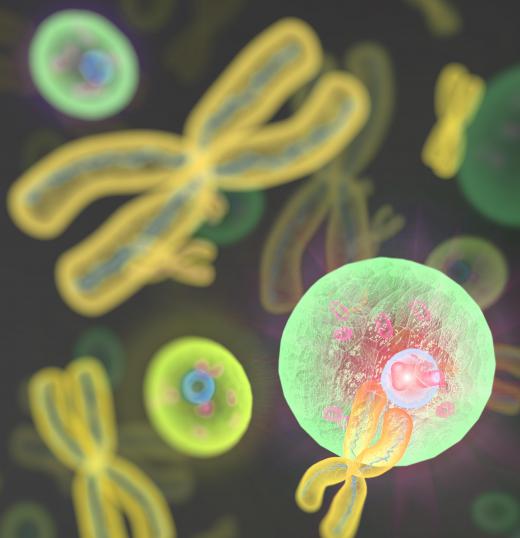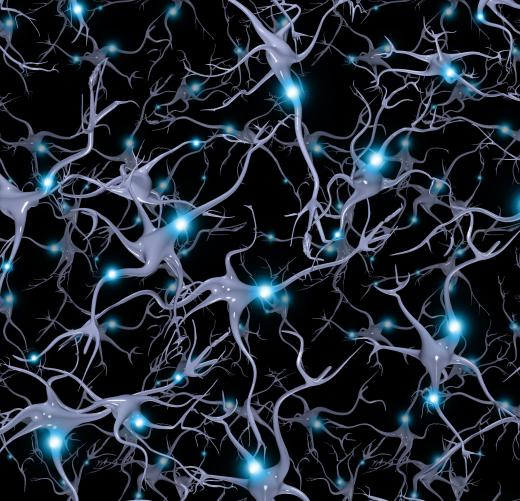In Science, what is Synapsis?
In terms of science and human cell division, synapsis is the pairing of chromosomes with identical gene sequences. Each cell in the human body contains sets of chromosomes. One set of chromosomes is provided by the mother, while the other is provided by the father. In order for parents' chromosomes to pair and create new cells, they must first find like — or homologous — gene sequences and attach. While these genes control the same trait, they often have different alleles, or DNA sequences.
The process of pairing homologous chromosomes or synapsis occurs during prophase 1 of meiosis, a very early phase of cell division. During meiosis, two homologous chromosomes pair up, attaching at the ends prior to crossing over. When these chromosomes pair, they exchange information, resulting in a new cell with gene sequencing combined from both mother and father. The process of synapsis allows for chromosomes that share gene sequences to find each other and attach in order to exchange DNA.

Synapsis occurs only during meiosis. At this time, chromosomal information crosses over, creating entirely new chromosomal arrangements featuring dominant and recessive genes from both parents. Meiosis produces haploid "daughter cells" with different chromosomal arrangements than the original parent cell. In mitosis, on the other hand, there is no crossing over of DNA information. Instead, diploid cells replicate identical "daughter cells" that look and behave exactly like their parent cells.

Human cells are not the only cells to experience synapsis; animal cells and many plants follow similar cell division patterns and processes. Chromosome synapsis occurs during cell division for any organism that does not involve asexual reproduction. The process of pairing homologous chromosomes, in humans and animals, results in a majority of non-sex chromosome pairs, known as autosomes and one sex chromosome pair, known to determine the sex of the organism. Such processes occur in humans, animals, and some plants that require both a male and female to propagate.

The concept of synapse applies to more areas than simply cell division. Early biology students may easily find themselves confused between synapsis and synapse, especially in regard to the brain. Brain synapsis, a commonly misused term, actually refers to synapse. In the brain, synaptic terminals allow the neurons of various cells to communicate information along a neural pathway. While the terms synapsis and synapse do share similarities, as it relates to brain activity and cell division they are very different processes.
AS FEATURED ON:
AS FEATURED ON:













Discuss this Article
Post your comments